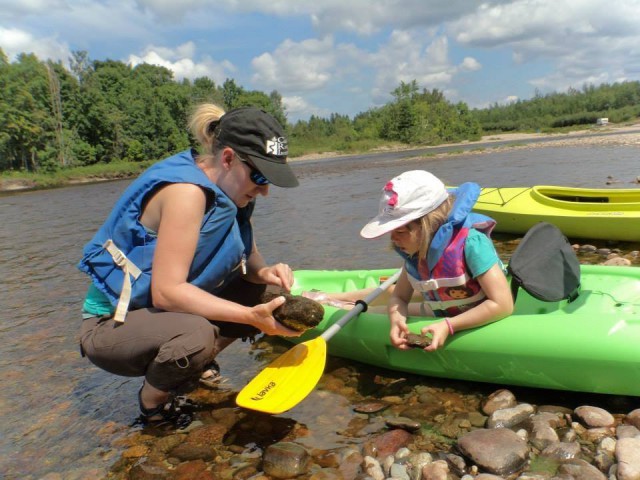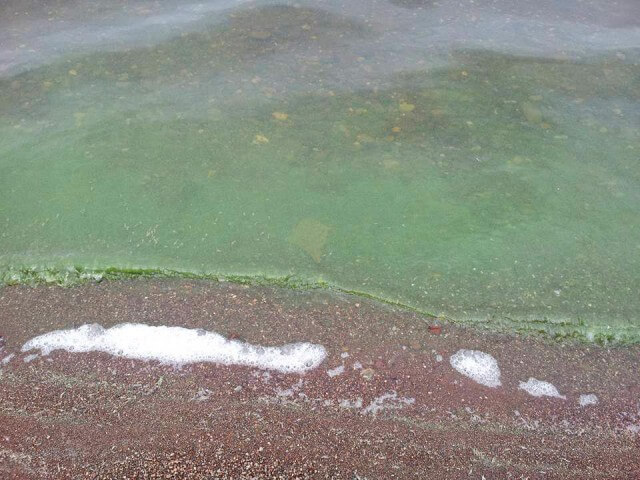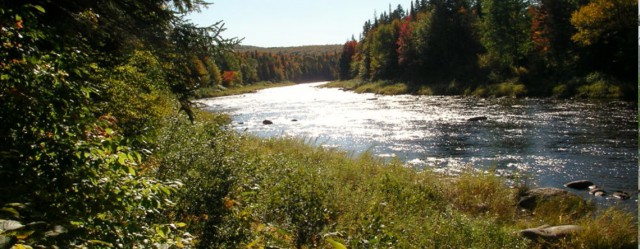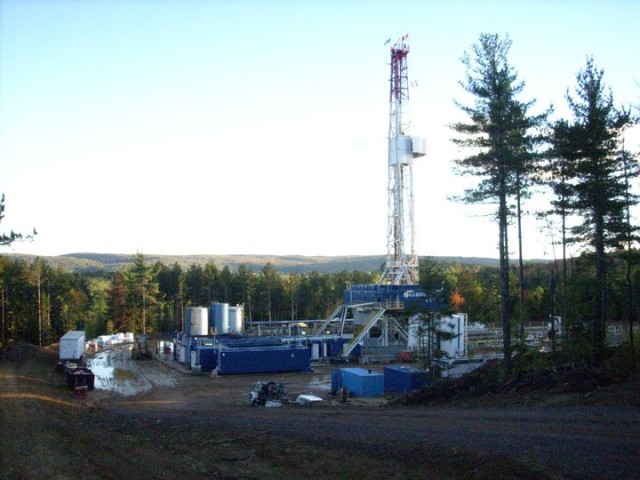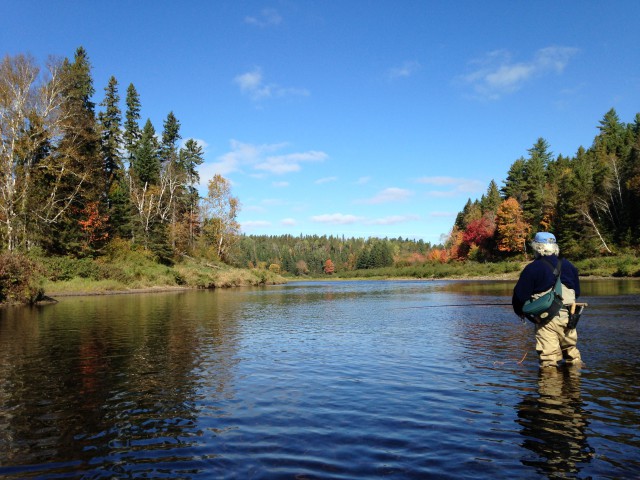Researchers and Groups to Tackle Blue-Green Algae in NB Lakes
Blue-green algae on a New Brunswick lake. Source: 2gnb.ca While a number of New Brunswick lakes have had persistent blue-green algae challenges, last summer we saw a spike in the number of lakes added to the Department of Health advisory list, including outbreaks in well-populated lake watersheds, relatively undisturbed lakes, and surface water supplies providing […]
Researchers and Groups to Tackle Blue-Green Algae in NB Lakes Read More »

